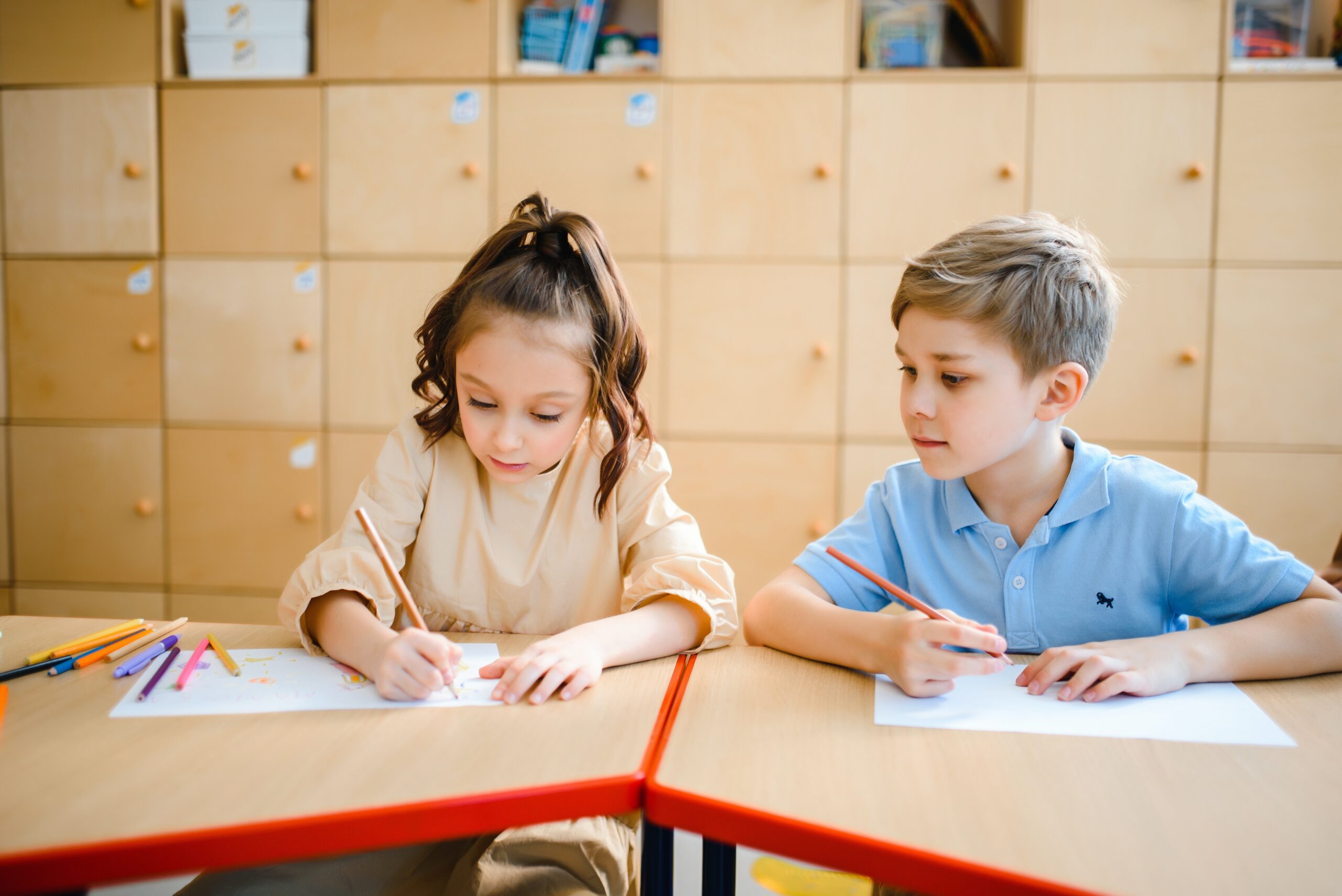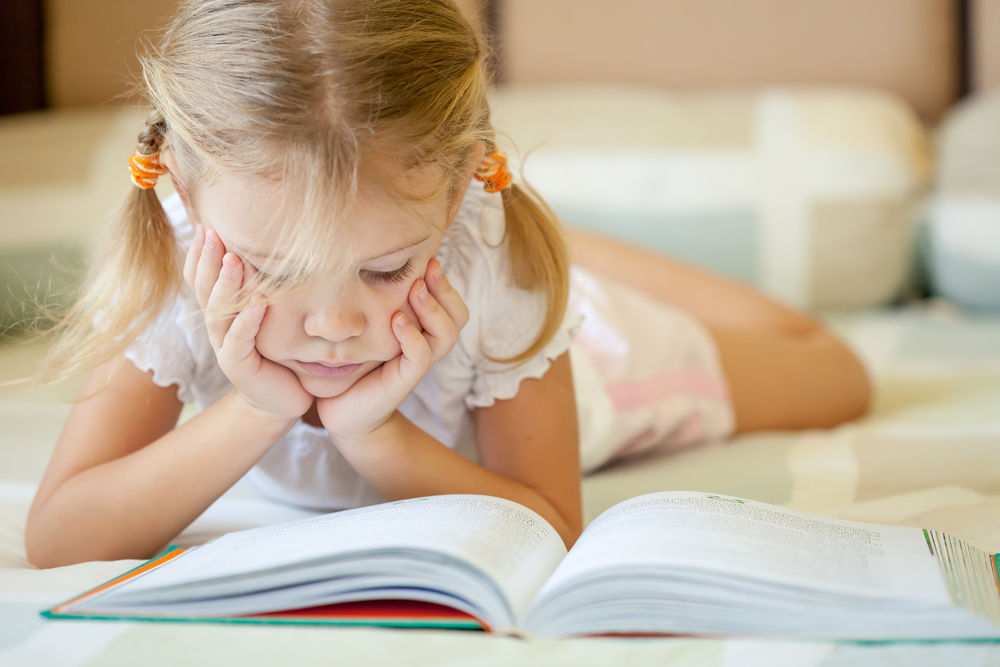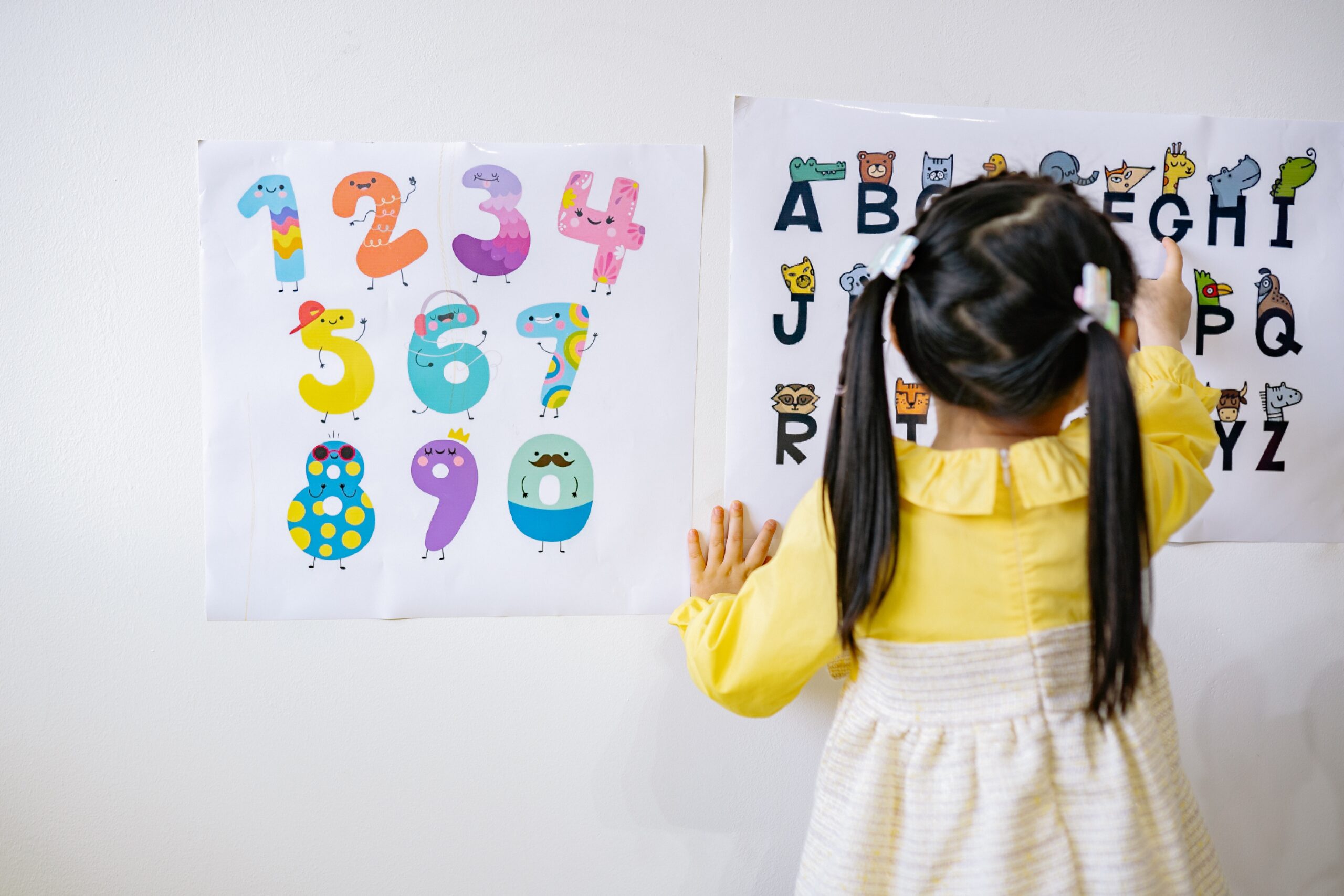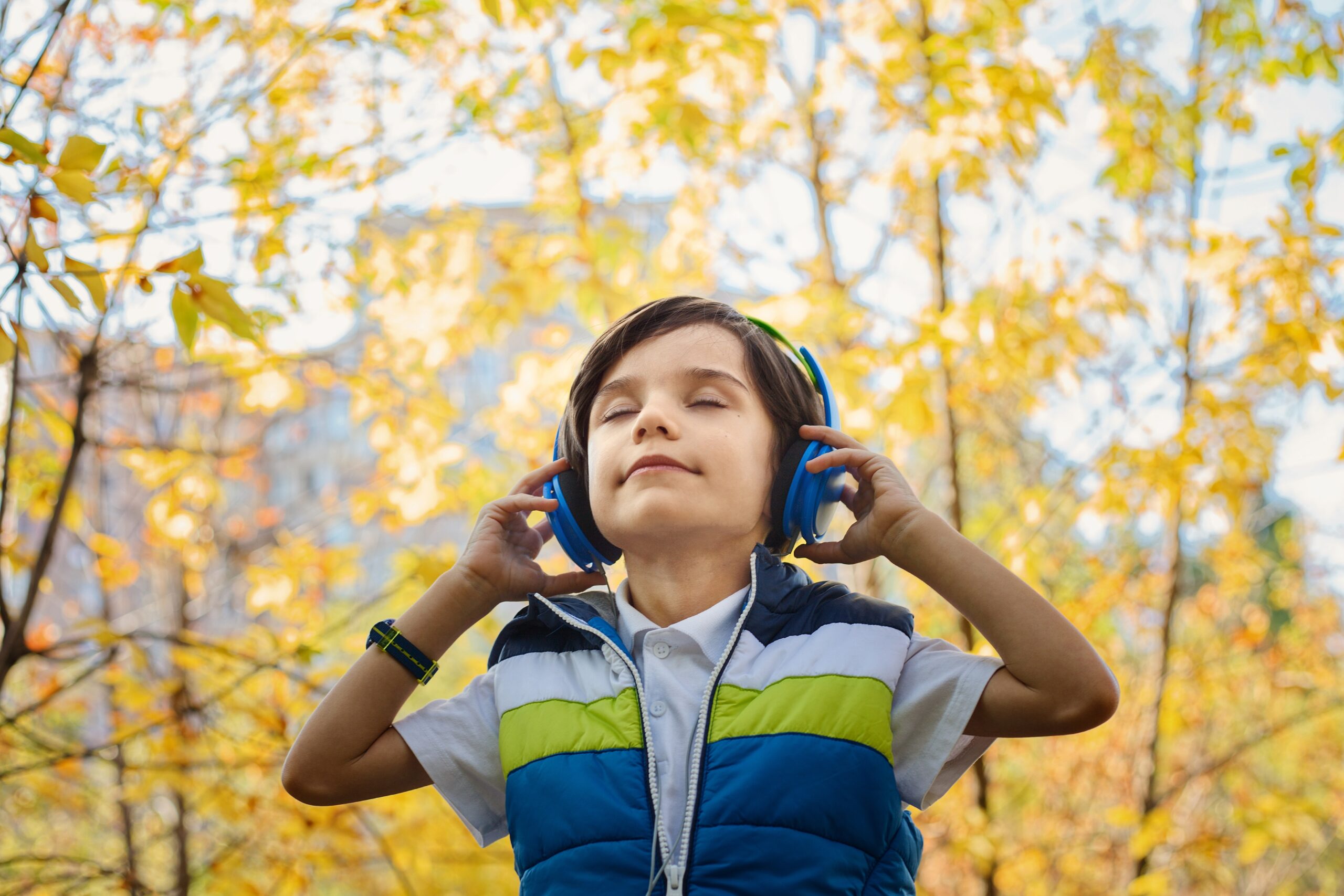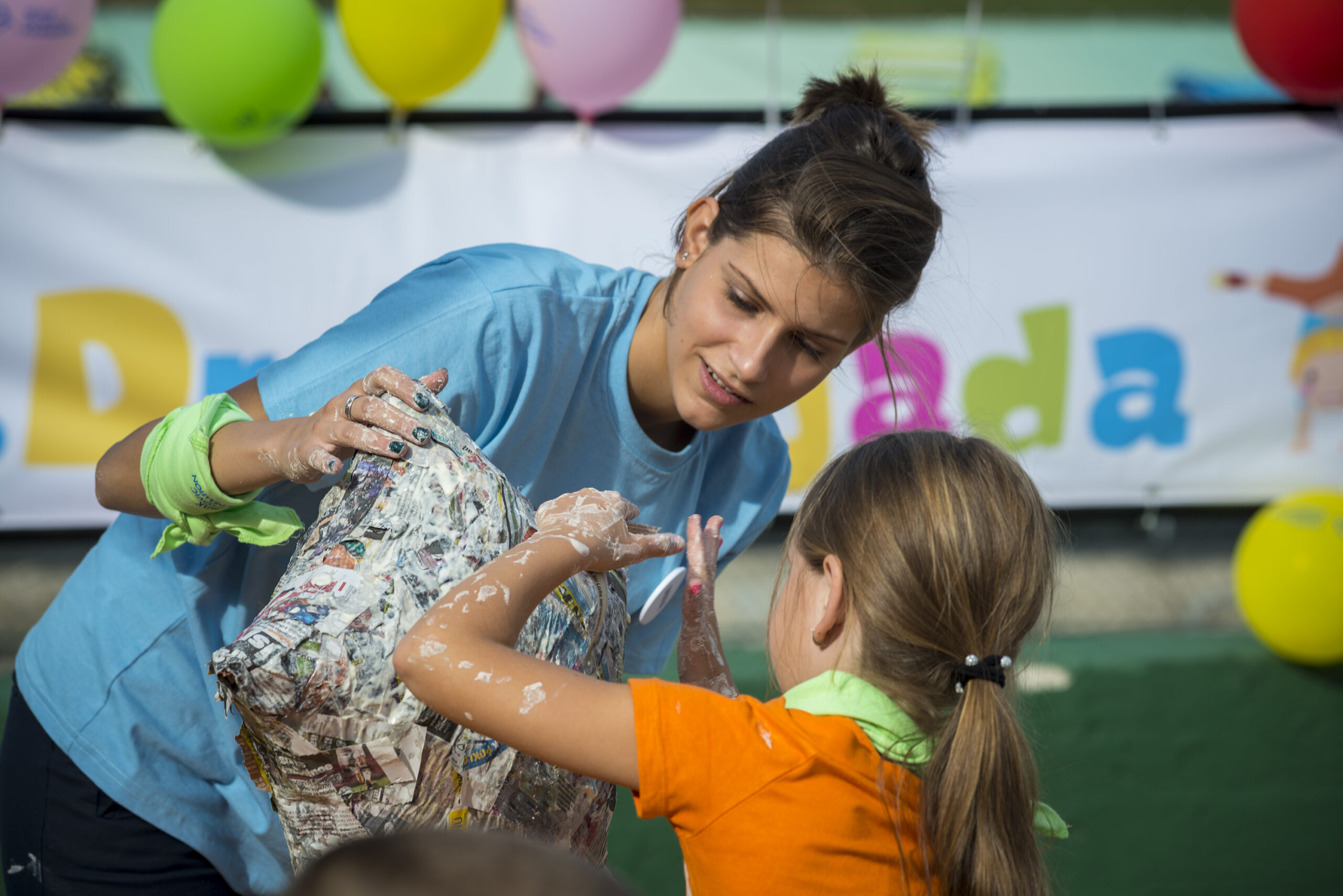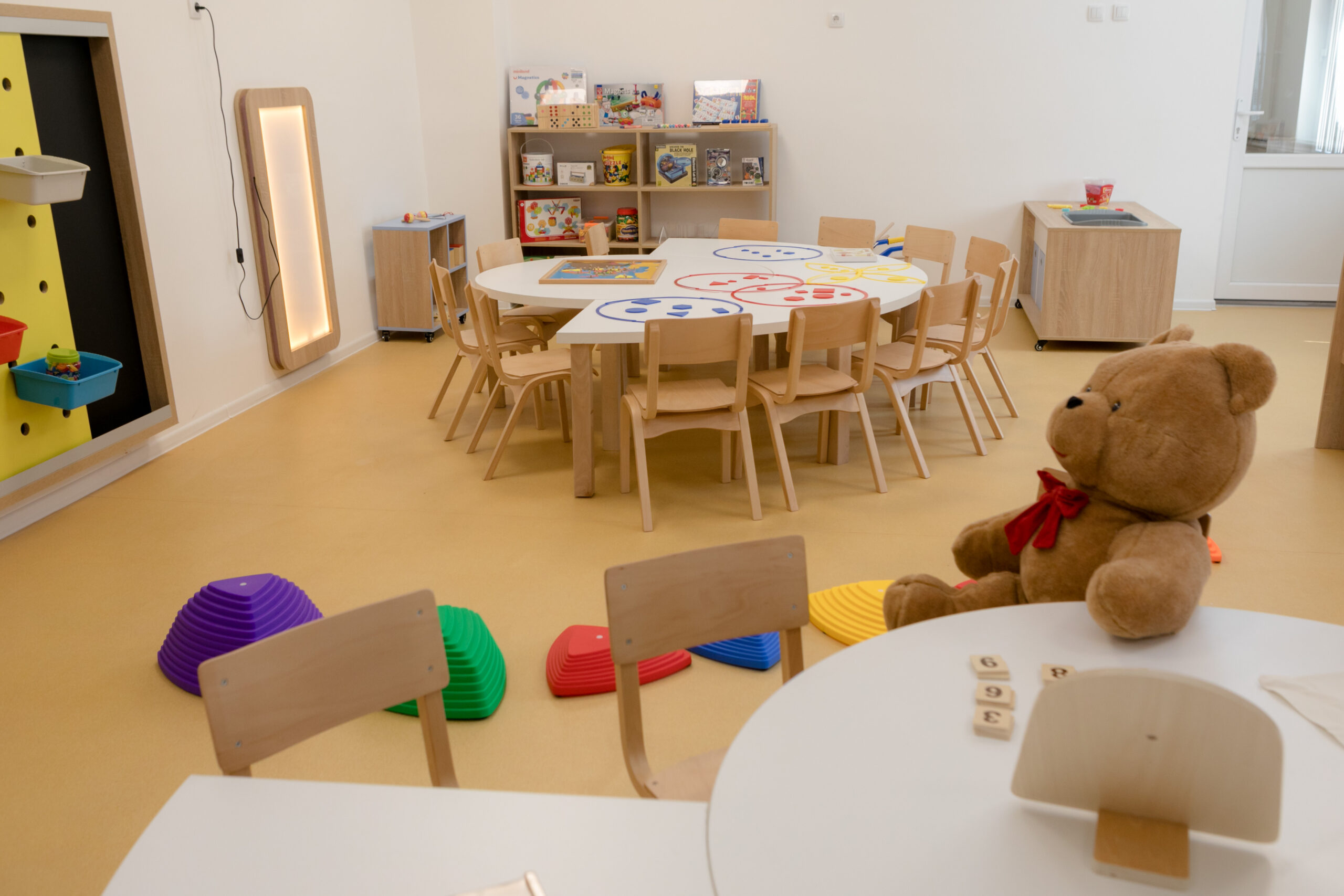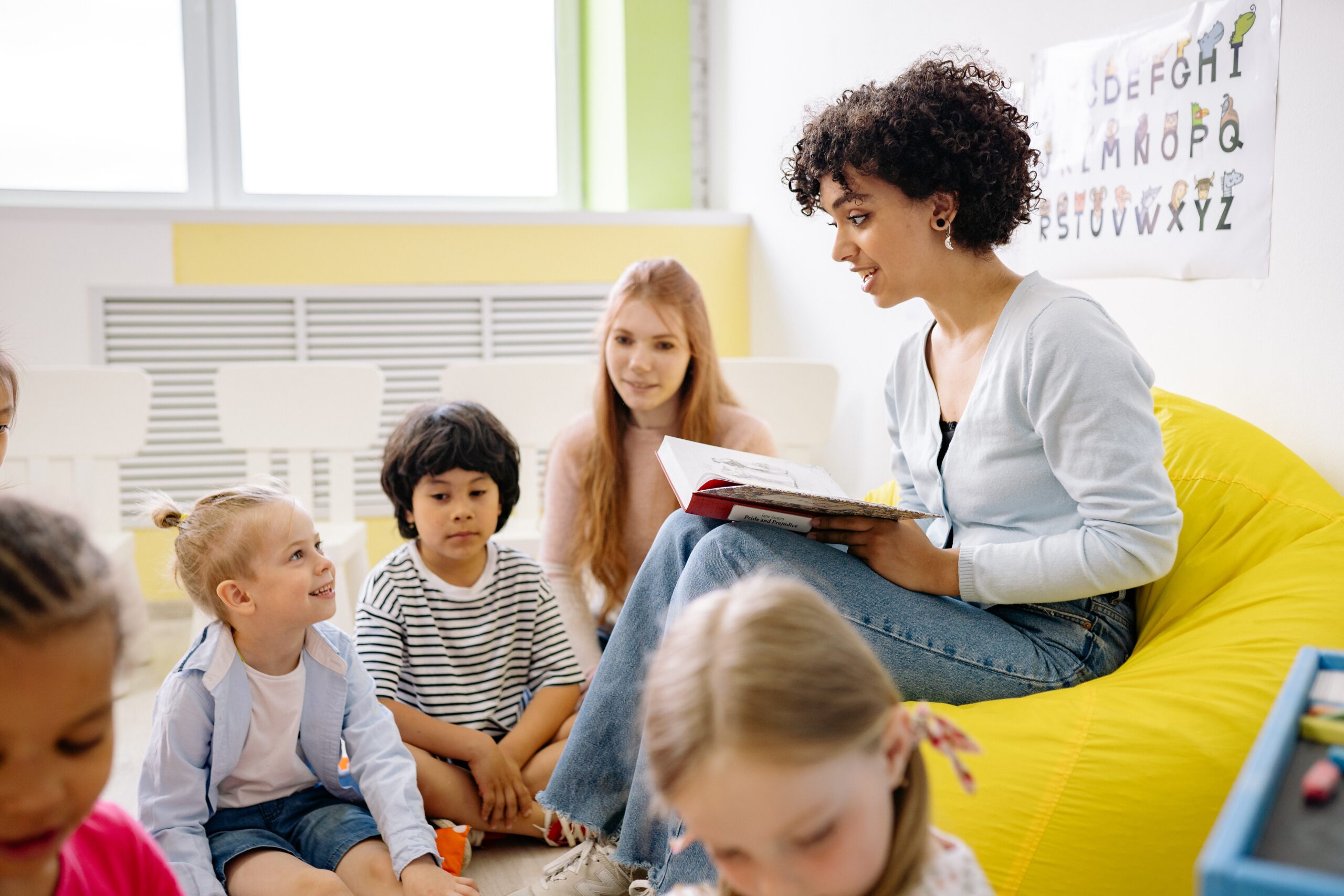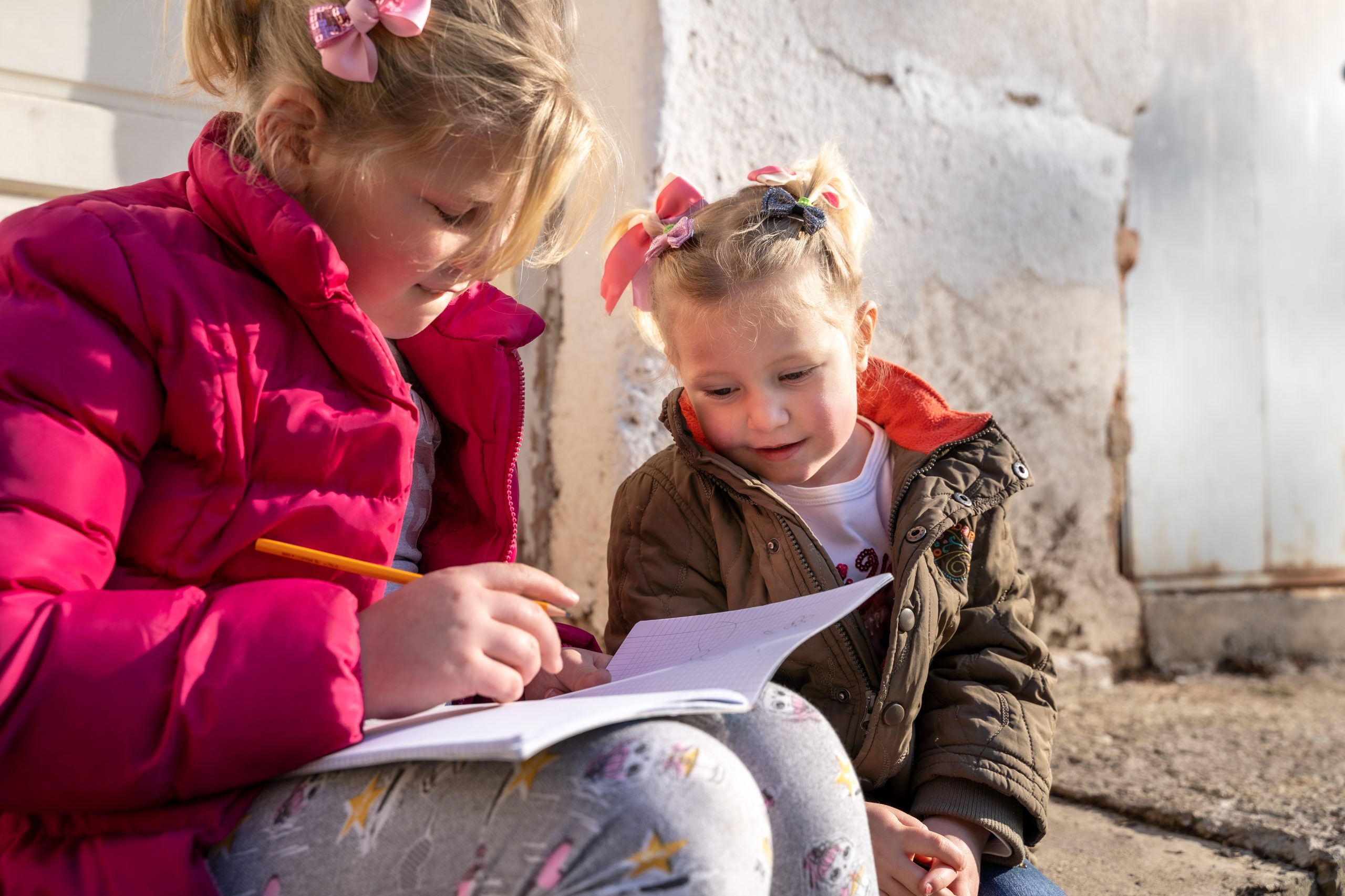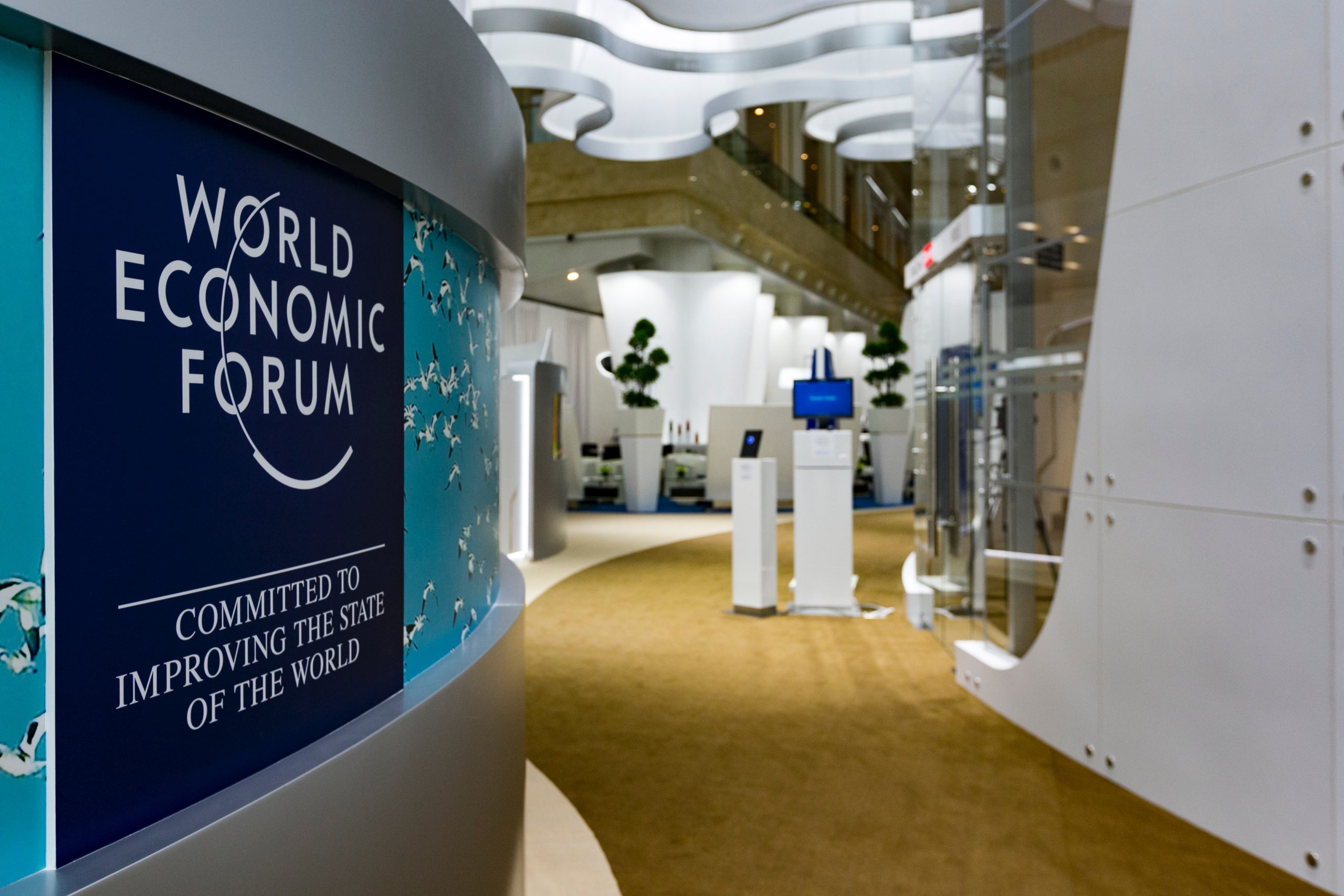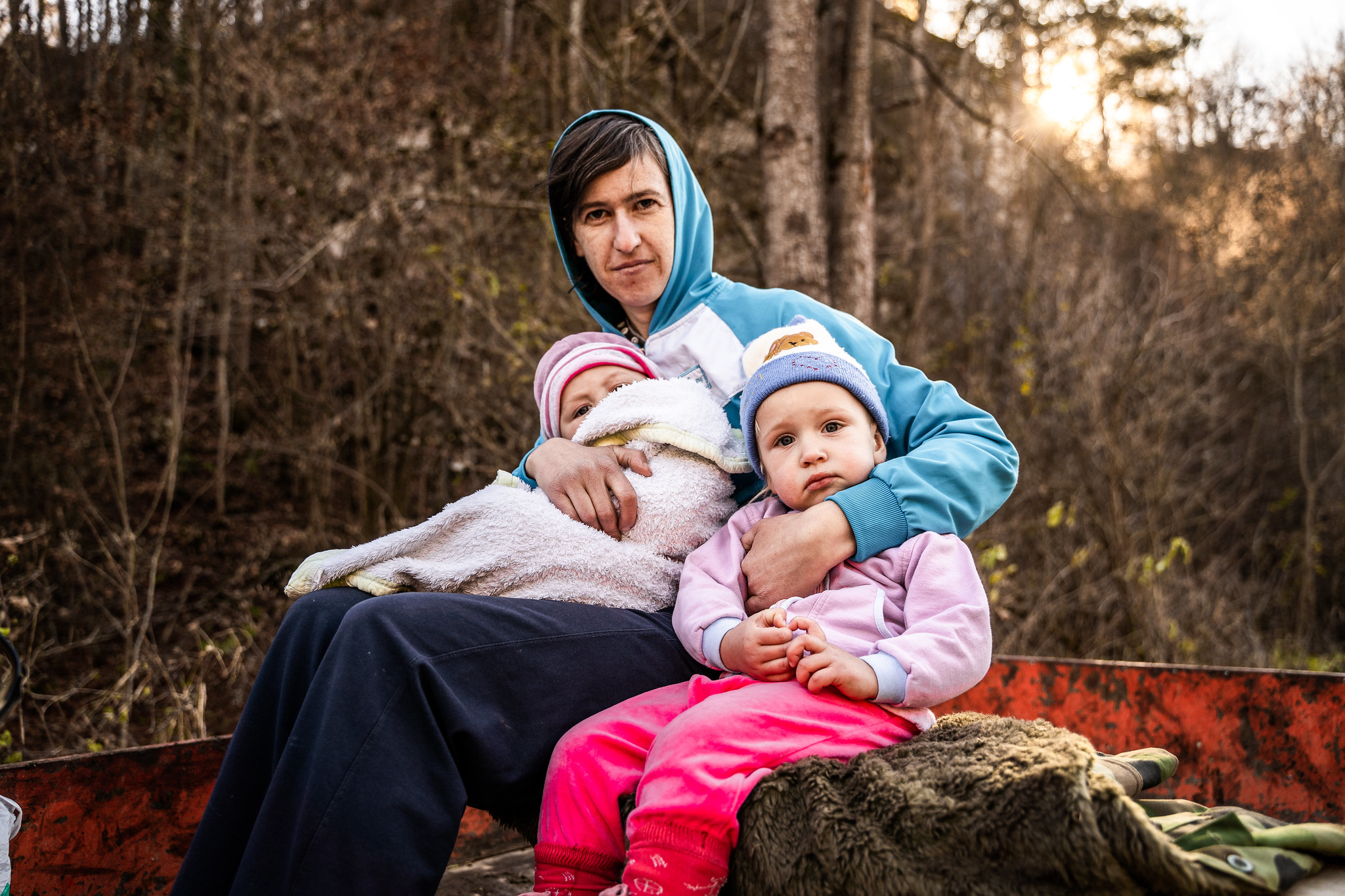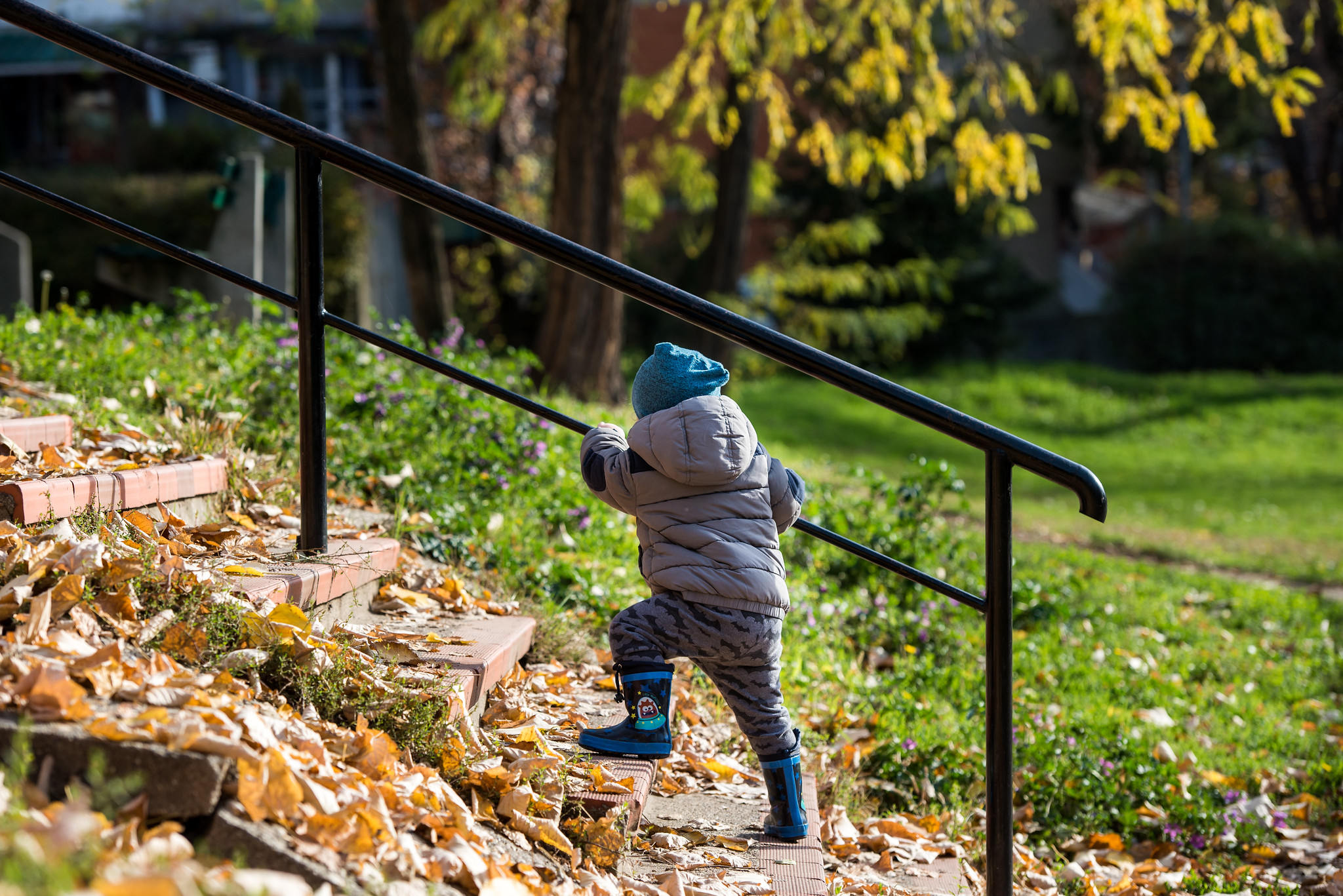In this blog post, we will introduce you to MOI (Monilukutaitoa opitaan ilolla), the Program for Research and Development of the Joy of Learning Multiliteracies, organized by the Playful Learnig Center – a research center of the University of Helsinki.
Multiliteracy is about being human and being able to live in an increasingly diverse world. It is about understanding and being understood.
It is about approaching the world with an open perspective and a healthy, critical mindset.
What is MOI?
The Joy of Learning Multiliteracies (MOI) research and development programme is organized by Playful Learning Centre – a research centre at the University of Helsinki. It is designed to promote multiliteracy among children aged 0 to 8, through work with children and via networking of researchers and professionals working in preschool education, starting grades in primary schools and cultural institutions developing programmes for children. As the name suggests, this programme aims to promote and develop multiliteracy in children, as well as actively research and assess the questions of what multiliteracy is for children, what it means and what it achieves, and based on which the programme is updated with recommendations for new activities.
Multiliteracy is understood to be a holistic approach, as the sum of all those skills the children use to comprehend and empathise with their environment, which are separated into the following fields: Richness of Language, Research and Influence, Growth and Development, Me and My Community, Different Ways of Expression.
The MOI programme combines science, art, and storytelling as the context for the development of multiliteracy, relying on the natural curiosity of children and creating opportunities for imaginative and analytical engagement with their environment. Science, art, and storytelling serve as the foundation for creating a rich environment in which the child can interact with various types of texts, as their user, creator and interpreter.
Work methods
The activities implemented within the MOI project are predominantly based on makerspace principles. Creation, construction and resolving specific problems through different media and materials was deemed to be the method which encourages cooperation among peers, communication skills, creative and critical thinking. It also sparks the interest among children in science, giving them a feeling of competency in science, and making them ready to get involved in scientific activities later in life. A particular goal of the MOI programme is the desire to bring the playfulness of the children’s approach to learning and scientific work to adults, through multiliteracy and makerspace principles – a topic on which research data is lacking.
The MOI project prepared multiple sets of flexible activities with which adults can strive to establish contact with children and play with various types of texts, finding new, own, original solutions. Here are some examples:
Poetry of Science
The Poetry of Science starts with a set of cards combining short poems and encouragements for analytical and creative thinking about the problems presented through poems. The unique value of the cards is in their rich design which motivates children to investigate them and to view known phenomena in a different light. A crucial part of the work comes after joint reading and storytelling of the proposed poems, through their recreation and the process of constructing a solution, in which the children use all their senses.
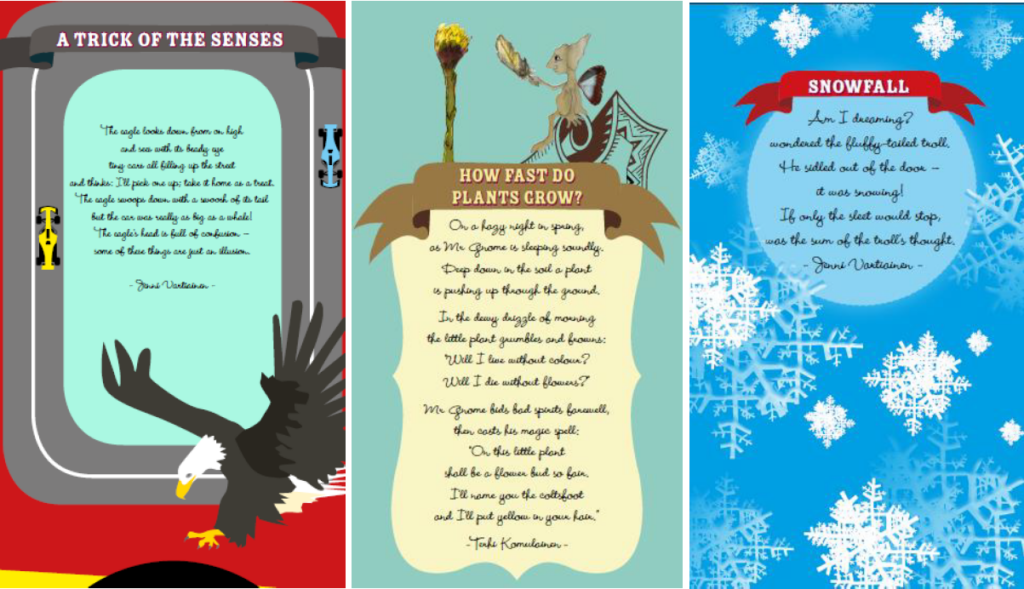
The Poetry of Science starts with a set of cards combining short poems and encouragements for analytical and creative thinking about the problems presented through poems.
Whisper of the Spirit
Whisper of the Spirit was created as an attempt to develop multiliteracy and at the same time promote Finnish culture and methodology and the love and sensitivity towards nature ingrained in it. As forests and forest spirits played a particularly important role in Finnish folklore, they served as inspiration for a set of cards and activities they initiate. The cards have a similar purpose like in Poetry Science – they serve as an encouragement for “maker” activities which have children depict phenomena they learn about, or respond to problems they face, encouraging them to imagine, observe, cooperate, reflect, experiment, and create in a multitude of ways.
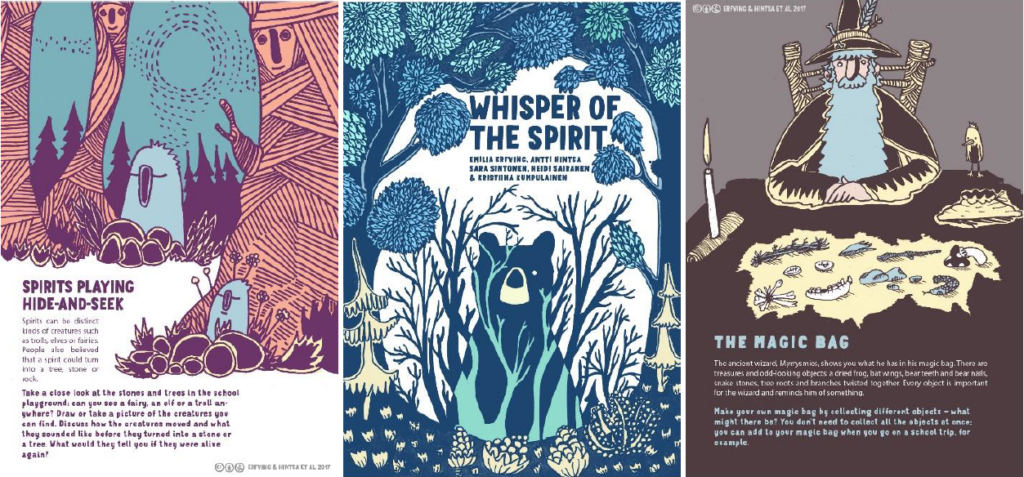
Whisper of the Spirit was created as an attempt to develop multiliteracy and at the same time promote Finnish culture and methodology and the love and sensitivity towards nature ingrained in it.
MyARJulle
To encourage children to create and share their stories, an app called MyARJulle was created, which encourages multimodal storytelling – the child’s creativity, making sense of things, using technology, and creating different videos. The application can be used in the curriculum with different age groups and for different issues of interest to children, but also as a tool for children to document their experiences and share them with others.
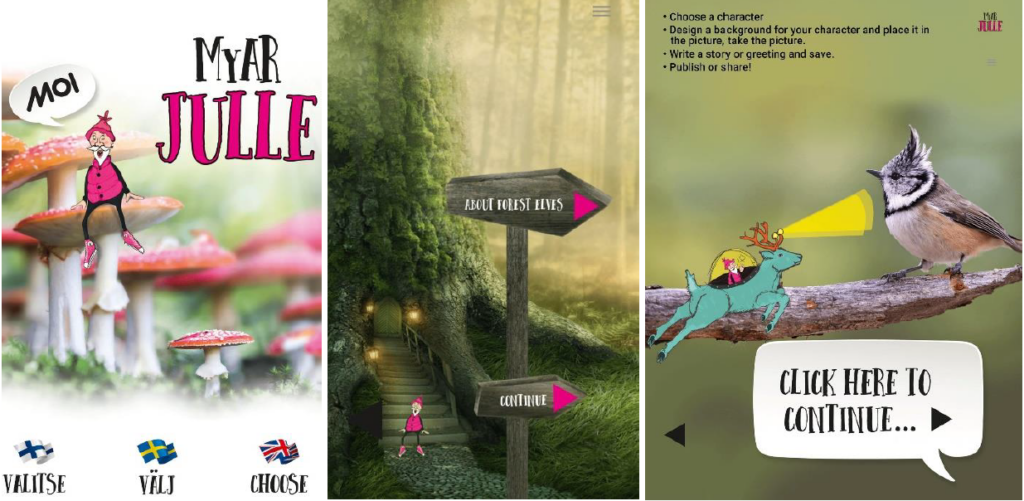
MyARJulle encourages multimodal storytelling – the child’s creativity, making sense of things, using technology, and creating different videos.
Why MOI?
The issue of multiliteracy, which the MOI programme is dedicated to, is universally relevant, and in our context – the context of the common practice of making children “literate” through worksheets and mechanical learning of letters and in the context of insufficient “literacy” among adults in terms of different forms of expression – it might even be a pressing issue. The use of different technologies is in that sense also a popular solution which promotes “competencies for the future”, and is also necessary to help children and adults develop an ethical, creative and critical approach to their use.
Based on the operating principles set by MOI – by field of study it promotes and operating methods it connects – it is possible to recognize the orientation toward holistic development and education as ethically and socially engaged participation, and the child is viewed as competent enough to deliberate their environment and create new ways of living in it. As much as this approach seems to be already universally promoted and not new in pedagogy, in practice, it faces the challenge of the impossibility of adults leaving the position of the one who “teaches” the child, and moving to a position of someone who is entering something unknown with the child, and creating something new.
From the available resources it seems that the practical development of the aforementioned approach via the MOI programme is ensured, on one hand, with active participation of the researcher in the programme and with networking of researchers and professionals from different fields, and on the other, by establishing tools and platforms which enable joint flexible foundations for deliberating, researching, imagining and creating by adults and children. Investing into their design highlights the importance of materiality the children engage with – i.e., the value of aesthetics for enabling a different “style” of learning and research and encouraging joint action and creation.
It is hard to comprehend the entirety of the MOI programme and the process it unfolds in from the available materials, but even the materials themselves point to the flexibility, creativity, and process of this method of work, and the importance of the openness of adults to build the process together with children, as co-researchers and teammates.

